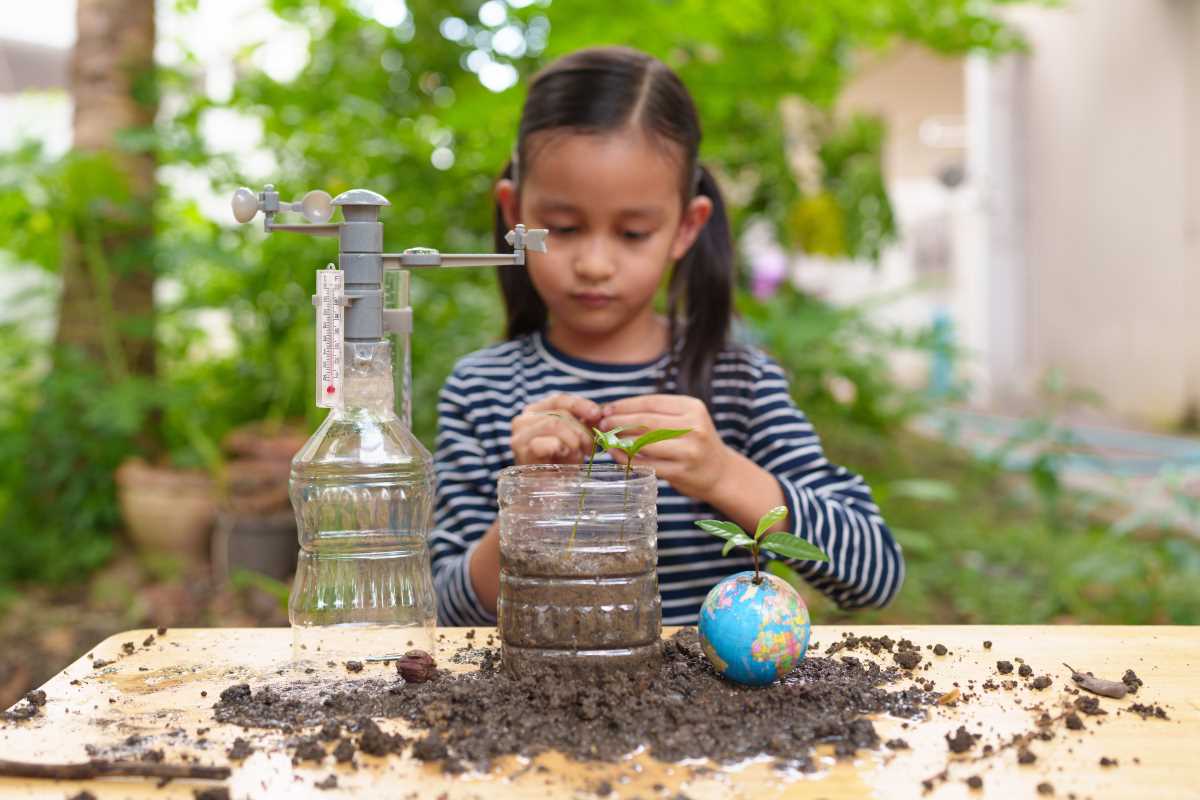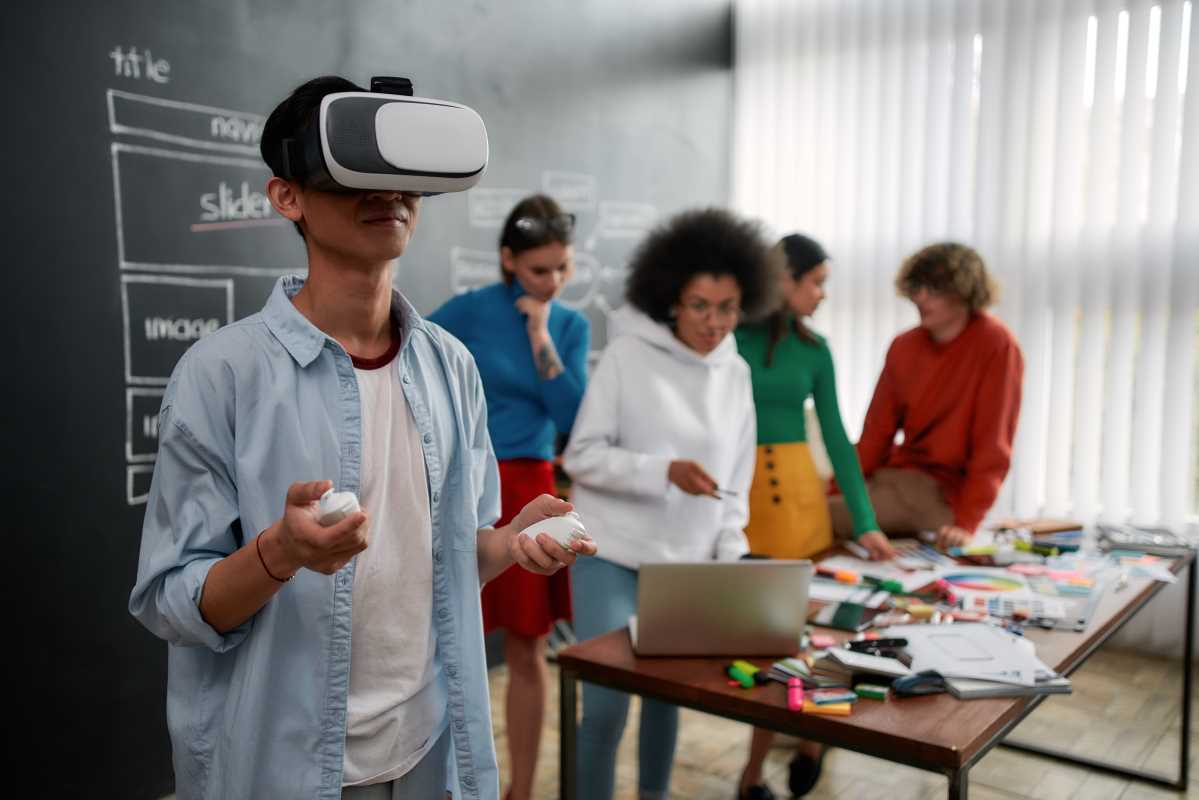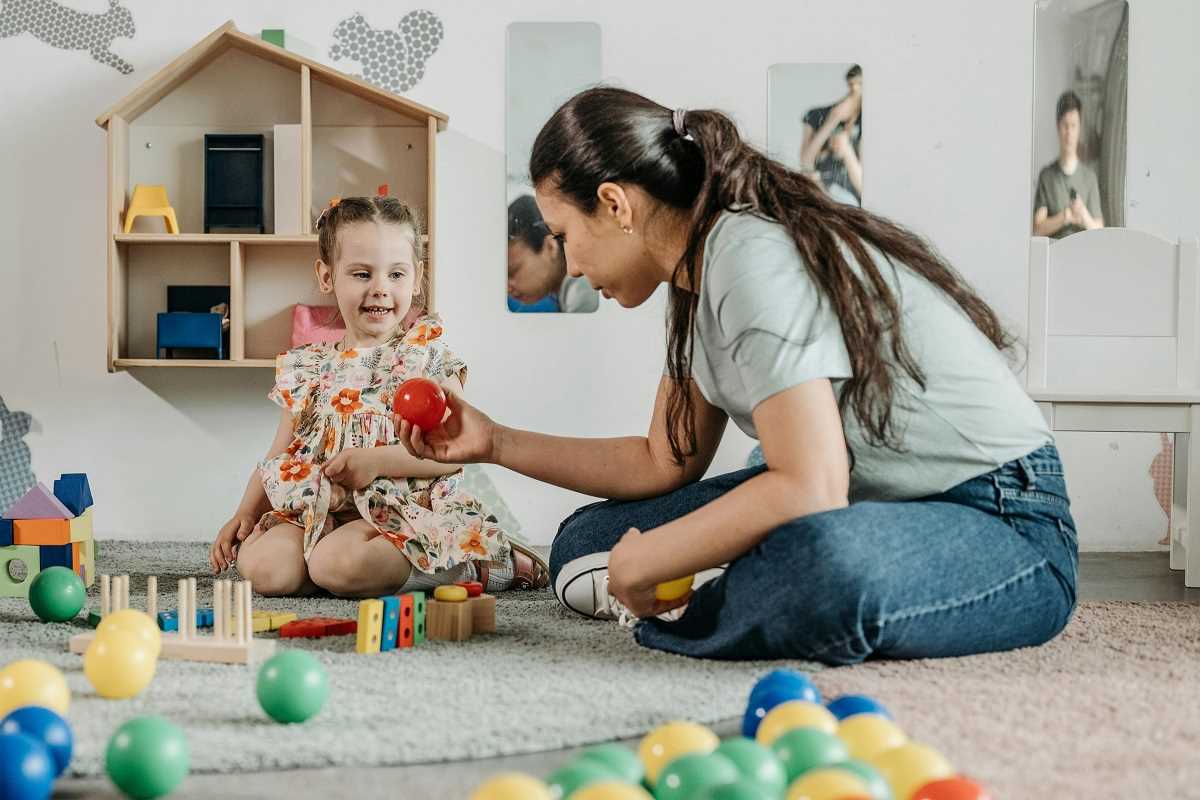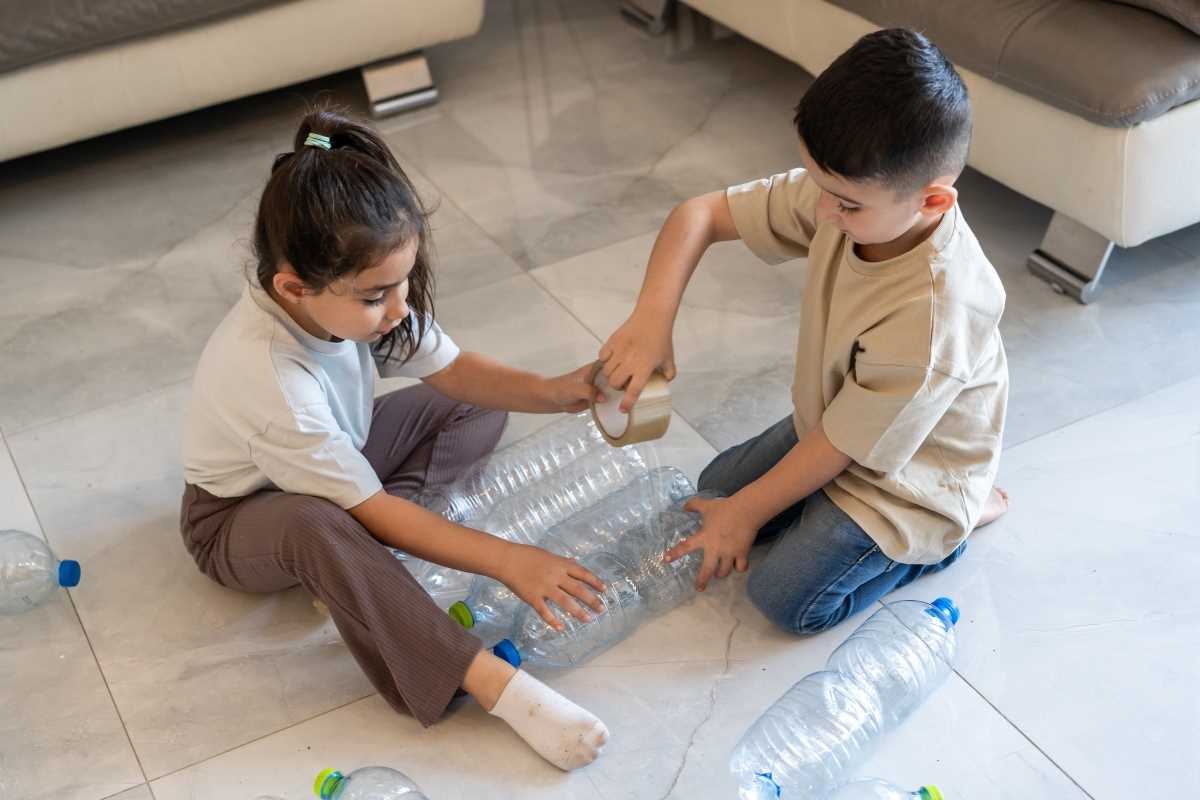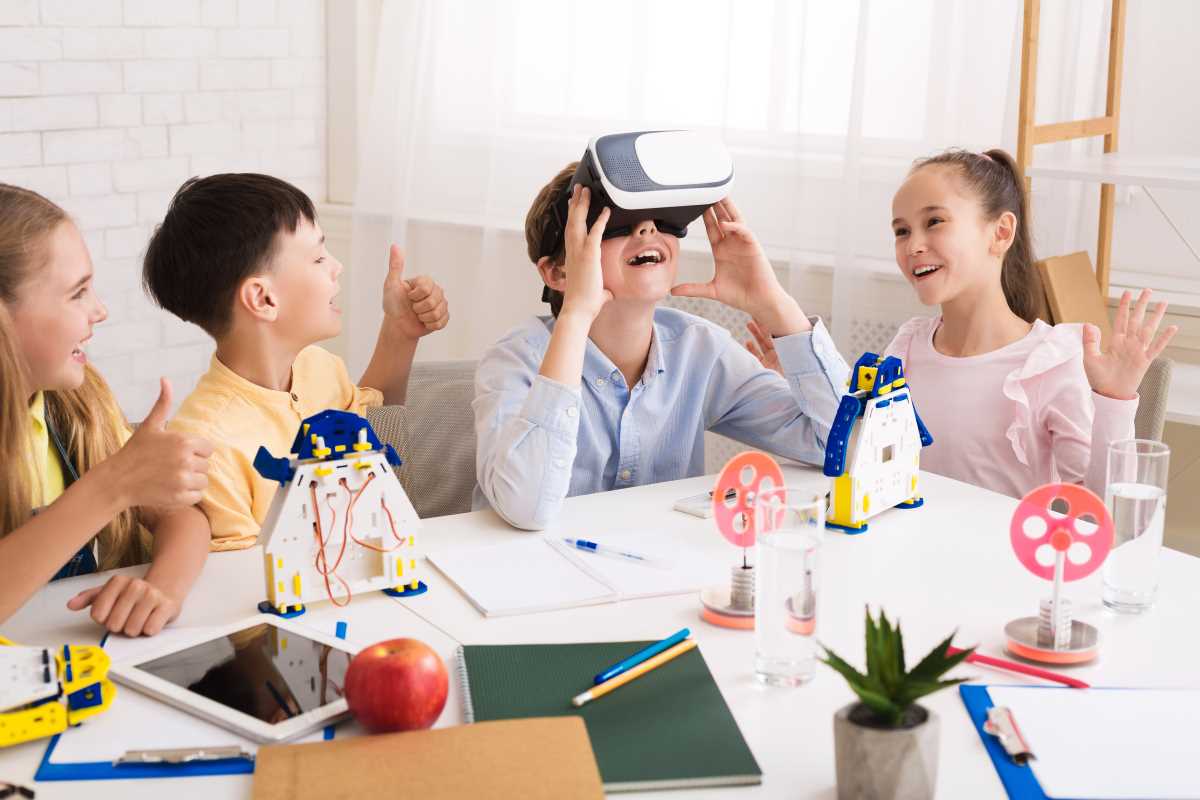Students gain a deeper understanding of STEM subjects when they work on hands-on projects that encourage exploration and creative thinking. Project-based learning invites learners to move beyond textbooks and apply concepts to real-world challenges they can see and touch. Through building, testing, and improving their own ideas, participants experience the satisfaction of solving problems and seeing theories come to life in practical ways. As they collaborate and experiment, they also develop important skills that will serve them well beyond the classroom, making the learning process both meaningful and engaging.
Unique techniques can make project work vibrant and engaging. The following ideas reveal different ways to blend creativity, technology, and community involvement into STEM classes. These methods help students shift from textbook learning to an interactive experience that builds confidence and sparks curiosity.
Understanding Project-Based Learning in STEM
This approach to learning moves beyond traditional lectures and tests, allowing students to experiment and create solutions that directly connect to real-world issues. It brings abstract scientific, mathematical, and technical concepts to life with hands-on projects that show clear connections to everyday challenges. Concrete tasks guide the learners from problem recognition to solution development, creating a clear understanding of the subject matter.
Project-based learning ignites curiosity and invites students to explore new ideas. As participants work together and navigate technical hurdles, they learn to communicate, plan, and execute projects with real impact. This method makes concepts easier to grasp and builds skills that are invaluable in both academic and professional environments.
Creative Strategy 1: Real-World Problem Solving
Students become more engaged when they see the tangible impact of their projects. Real-world problem solving turns abstract theories into practical challenges. They tackle issues such as environmental impact or local community concerns, making the learning experience lively and interactive. In these projects, learners find that every obstacle is a chance to apply new knowledge and refine their technical skills.
The benefits of using this approach include heightened interest and improved retention of difficult topics. Teachers can set up projects that demonstrate the relevance of science, technology, engineering, and math in everyday life. Some examples include:
- Designing eco-friendly solutions to decrease plastic waste in local water systems
- Creating energy-saving models for local community centers
- Developing digital tools that help residents monitor environmental changes
Creative Strategy 2: Collaborative Technology-Based Projects
Technology plays a crucial role in modern STEM projects, and collaboration using digital tools can bring innovation to classrooms. In this method, learners use online platforms to work together on coding projects, simulations, or even robotics. Working in teams through these platforms sparks creative problem solving and practical skill-building.
Using technology for group projects also helps students understand the communication dynamics essential in any tech-related industry. Some recommended digital tools and platforms include:
- Google Classroom for organizing tasks and sharing feedback
- Microsoft Teams for real-time collaboration and project management
- Slack for maintaining open channels of communication and coordination
- GitHub for version control and code sharing in coding projects
Creative Strategy 3: Integrating Interdisciplinary Themes
This method mixes STEM subjects with elements from art, culture, or social studies, opening up unique learning possibilities. Combining different disciplines enables students to see how technology and science can blend with creative fields to produce innovative outcomes. For instance, a project might involve designing a sustainable building by drawing inspiration from historical architecture or using statistical methods to analyze trends in cultural behaviors.
One way to further combine these themes is to expose students to innovative teaching modules available online.
Creative Strategy 4: Community Engagement and Service Learning
Community involvement introduces an additional layer of relevance to STEM projects. By integrating service learning, students work on problems that affect actual lives. This approach encourages learners to design projects that deliver tangible benefits to their surroundings. They might develop renewable energy solutions for community centers, build accessible technology for local events, or prototype health-related applications targeting neighborhood needs.
Partnering with local experts brings real-world relevance to STEM education through mentorship and community projects. This hands-on approach boosts motivation, deepens learning, and often inspires long-term passions or career interests. By solving real issues, students build confidence and connect theory to meaningful impact.
